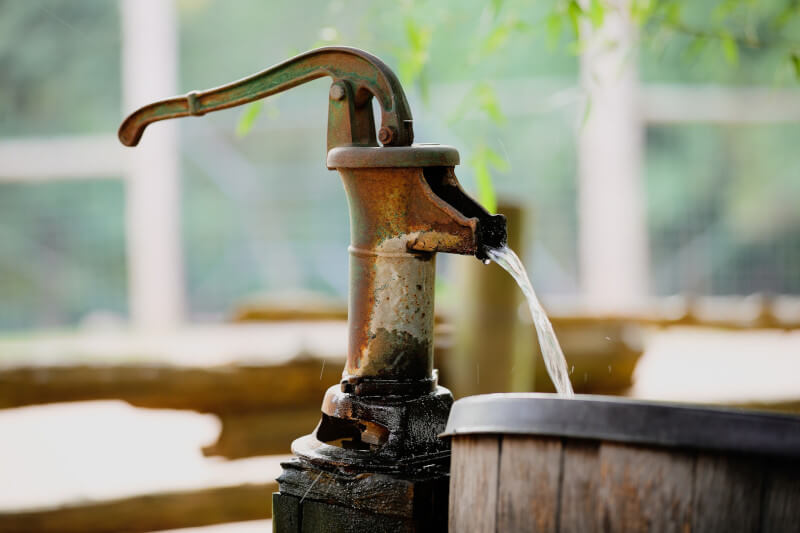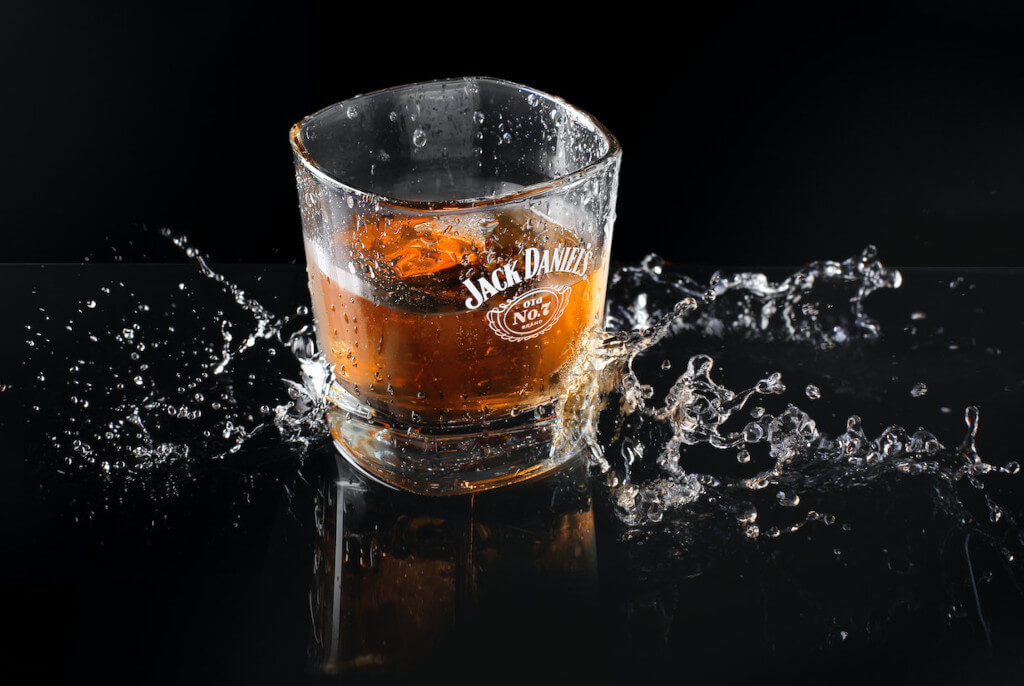Single malt status and barrel choice tend to get more attention than the water used to make the whiskey. However, the role that water plays in whiskey’s maturation and final effect cannot be ignored. Consider the fact that the majority of Scotland’s distilleries are situated on or near a water source that is accessible from the premises. This fact is an essential part of the whiskey toolset, the set of data that unlocks the spirit’s hidden personality.
There is a Correlation Between the Quality of Water and the Final Product of Whiskey
The quality of the water used in distilleries is often a point of pride. Maintaining a steady water supply is crucial. As has happened in Scotland in recent years, for instance, some distilleries must halt production during extended dry seasons. Everything grinds to a standstill when water supplies dry up. Except for cask strength releases, all stages of the production of distilled spirits involve the use of water. Indirect uses of water include cooling and powering pot stills with steam. It’s quite challenging to pin down just how much water quality affects the result.
First off, malting barley in-house is an increasingly rare practice among distilleries. In addition, large-scale bottling operations typically handle the bulk of the bottling process. Therefore, the dilution of water often has little to do with the distillery itself. Accordingly, this article will focus on mashing, the process that makes the most direct use of the water supply at a distillery. During mashing, malt is converted into wort, a sweet liquid that can be used in the brewing process.
Production-related Water Usage
The mineral makeup of the water utilized for whiskey distillation might affect the finished product’s taste. The minerals in the water can change the pH level, which in turn affects the flavor extracted from the grains. Some minerals, like iron, can impart unpleasant flavors into whiskey if they are found in sufficient quantities. This is why many whiskey producers go to considerable lengths to get water with the ideal mineral balance. Cask aging can do wonders for off-notes, but it’s usually easier to just avoid making them in the very first place.
Water’s Natural Flavour

Water is a neutral material, therefore it tastes either completely tasteless or very mildly refreshing. Because of its lack of flavor (it is typically described as “plain” or “bland”), it is frequently used as a basis for other beverages. Water, however, is not flavorless; it can take on the tastes of the containers it is held in or the substances found in the ground from which it originates. Therefore, water’s flavor can change depending on its origin and treatment. If the water has been treated or comes from a specific location, some people may notice an occasional metallic or chlorine taste. Water is widely regarded as a refreshing drink since it quenches thirst without overwhelming the taste buds.
Where the Water Comes From
Water used in the whiskey-making process comes from many sources, based on the distillery and its location. Distilleries get their water from a variety of places; some use on-site springs or wells, while others draw from rivers, lakes, or other nearby bodies of water. Distilleries generally pick their water supply with care, considering things like the number of minerals, pH level, and general quality, all of which can alter the taste of the whiskey. When making whiskey, some distilleries will purify the water to get rid of or add specific minerals or compounds. According to Doran Binder, a water connoisseur based in the United Kingdom, “H2O with no additional components is distilled water with no minerality, which isn’t beneficial to the human body” (or, we should add, for creating whiskey).
Mineral Water, Aquifers, and Boreholes

Although both borehole water and aquifer water come from underground sources, they can be obtained in various manners. Water extracted from a deep, narrow hole dug into the ground, usually with the use of specialized drilling equipment, is known as a borehole. This water is regularly consumed or utilized for irrigation purposes. In contrast, aquifer water is sourced from underground reservoirs, or aquifers, which are porous and permeable layers of rock, sand, or gravel that may store water. To get at the water in an aquifer, wells must be drilled down into the ground.
The water in springs, on the contrary, comes from subterranean streams and aquifers and flows organically to the earth’s surface. Due to its natural filtration through the earth, spring water has a reputation for being superior to other types of water. But the source and the environment can make a difference in the quality of aquifer or spring water.
Comparison between Distilled and Purified Water
While both distilled and purified water undergo processes to eliminate contaminants, they do so in very different ways. Water is boiled, and the resulting steam is collected and condensed back into liquid form to produce distilled water. This procedure purifies water by filtering out particles, minerals, and other contaminants that dissolve in it. However, purified water undergoes additional processing, such as filtration or reverse osmosis, to remove any remaining contaminants.
Distilled and filtered water can taste a bit differently due to their distinct processing procedures. Due to the lack of nutrients and other dissolved substances that give natural water its flavor, distilled water is frequently referred to as having a “flat” or “neutral” taste. However, a few of the above-dissolved solids may be preserved in purified water, giving it a slightly stronger flavor. Depending on the purification processes employed, some persons may also detect a faint chemical or metallic flavor in their drinking water. The absence of minerals along with other dissolved substances in distilled water is the primary reason for the noticeable flavor distinction between distilled and purified water.
Does It Matter What Kind of Water You Use?
Yes. Whiskey is incredibly picky about the water it’s made with.
The mashing process and the rest of the manufacturing process rely on process water. This water must be of the highest quality, free of impurities, to ensure optimal results. People will still drink it even if the alcohol content is lowered, thus the quality of the water used in the process must be excellent. The water’s composition is also crucial. Soft water is used in the majority of Scottish malt distilleries. They also prefer low-salinity water. The pH is maintained and fermentation efficiency is enhanced as a result.
There is a Wide Variety of Water Sources
Some distilleries employ water of significant historical significance. Even if the nearest loch, river, or stream is many miles distant, some distilleries may still buy the property around it to ensure a steady supply of water. The distilleries have faith that the local water is responsible for the unique flavor and character of their whiskey.





